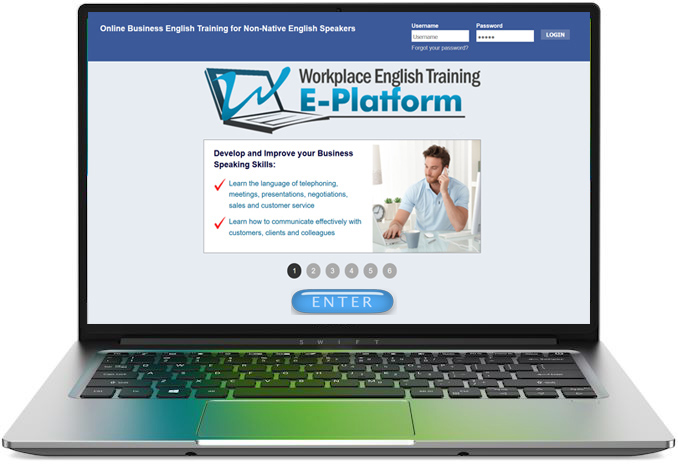In-Depth Tips from Dr English
 Dr English is the resident expert in language and communication training at Workplace English Training E-Platform (WETE). The informative and often in-depth articles below will help more advanced learners to understand and improve various aspects of their English, especially the English they need for work. You can read Dr English's tips on your PC, laptop or mobile device. These articles are only available for members of WETE. If you would like to subscribe and receive email notifications of future postings, please subscribe by clicking the Newsletter link above.
Dr English is the resident expert in language and communication training at Workplace English Training E-Platform (WETE). The informative and often in-depth articles below will help more advanced learners to understand and improve various aspects of their English, especially the English they need for work. You can read Dr English's tips on your PC, laptop or mobile device. These articles are only available for members of WETE. If you would like to subscribe and receive email notifications of future postings, please subscribe by clicking the Newsletter link above.
Questioning Techniques: 5 Types of Question Structures |
23 Apr 2024
|
|
Open questions What/What sort of .…..? Could you tell me…...? I 'd be interested to know if/whether…...? How/Why did you …...? These are called open questions because we don't know what the answer will be. The number of possible answers is infinite. Closed questions Is there...? Did you...? Are you going to…? These questions are seeking a Yes/No answer. The number of answers is limited to two possibilities. These questions are commonly used to get a definitive answer, although they are not good question structures for developing a conversation. Leading questions Shouldn't we...? There isn't..., is there? These questions force an answer in a certain direction. You have your own opinion of what you think is correct or you want to get a certain answer, so the question structure tries to force the listener to agree with you, yet it is still a question. Probing questions What exactly do you mean by...? May I know more about ……? Could you go into more detail about .......? These questions are seeking further information on the topic being discussed. They are commonly used for interviewing people or in meetings/discussions to extract further information. Reflective questions So you're worried about…….....? If I understand you correctly, you mean….……….. I 'm not sure I really understand... These questions support the person answering. They show that you have been listening and appreciate the point that is being made; they help you to clarify the answer. Overall, all these question structures are commonly found in English language, although, obviously, open, closed and probing questions are the most commonly used in everyday speech. Probing, leading and reflective questions can also be commonly used in business throughout meetings and discussions. |
Knowing When to Use the Passive Voice |
09 Apr 2024
|
|
|
Tips for Gender Neutral Business Writing
10 Common Grammatical Errors made by Hong Kongers
Subscribe to Workplace English Training E-Platform
Improve your business English through the world’s best and most comprehensive online platform

INCLUDES:
 Business English level test
Business English level test
 2000+ online lessons/interactive exercises
2000+ online lessons/interactive exercises
 My Learning Path module (members build their own courses from our content).
My Learning Path module (members build their own courses from our content).
 My Courses module (members can select from a number of course options).
My Courses module (members can select from a number of course options).
 Database of sample business documents
Database of sample business documents
 Library of 2600+ downloadable offline training resources
Library of 2600+ downloadable offline training resources
 Podcast lessons, tips, ebook training guides, fun stuff
Podcast lessons, tips, ebook training guides, fun stuff
 Student Helpline
Student Helpline
Key Benefits
- Focus only on the English you need for work.
- Learn at your own pace in your own time.
Latest Newsletters
- Business Word/Phrase of the Day - 整个董事会
- In-Depth Tips from Dr English - Questioning Techniques: 5 Types of Question Structures
- English Bites! - Business Small Talk: Listen, Respond and Ask for more Information
- Business English Tip of the Week - Participating in Business Meetings
- Workplace English Podcasts - 百灵达63:商业展示 - 关于视听教材






 If you use a grammar-check feature, your sentences probably get flagged at times for a fault called “Passive Voice.” This flag is typically accompanied by advice to “Consider rewriting with an active voice verb.”
If you use a grammar-check feature, your sentences probably get flagged at times for a fault called “Passive Voice.” This flag is typically accompanied by advice to “Consider rewriting with an active voice verb.”